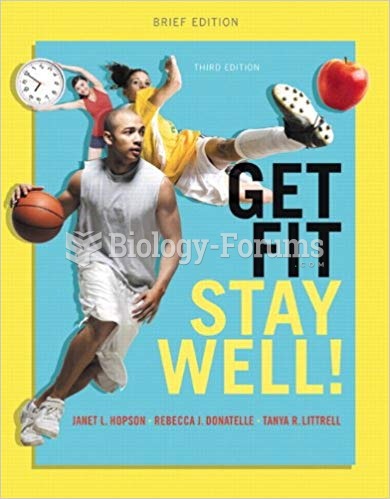Answer to Question 1
b
Answer to Question 2
Suggested Response:
Mr. Munro is building science knowledge and language skills simultaneously.
1 . In preparation for the lesson, he will develop clear science objectives and clear language objectives. He will review these orally with the students and present them in writing on the board. Students may read the objectives aloud with him or take turns reading from day to day.
2 . Building background for the lesson, Mr. Munro will review prior knowledge and make sure students know key science words and concepts that were introduced in previous lessons and link to the new lesson. He will choose vocabulary words from the new lesson and teach these words before presenting the lesson. Students will define words, write them, and draw a picture or give an example. They might practice finding words in a glossary or discussing them with a partner.
3 . To make the content comprehensible, Mr. Munro will speak at a slower rate and use simple sentence structure. He will incorporate the new science vocabulary intentionally in the lesson and use illustrations and diagrams. If procedures are involved, he will model procedures rather than just describing them. Science concepts can be difficult and complex. Mr. Munro will present small amounts of new information in a lesson.
4 . He will use strategies that provide plenty of practice for students. He will give very clear step-by-step directions orally and in writing. He'll monitor and assist students as needed, providing scaffolding when they struggle.
5 . He will use pairs and groups and give students opportunities to explain science concepts to one another, solve problems together, and learn from one another. He'll clarify concepts and help them use their language skills.
6 . Mr. Munro will use hands-on materials as much as possible. In science, he may incorporate experiments and demonstrations. His group activities will actively engage students. These will involve reading, listening, and speaking in English as they work with science. He will give students feedback during activities and prompt them to use their new vocabulary.
7 . When he delivers his lesson, Mr. Munro will make sure he is meeting the science content objectives and the language objectives. He will highlight his use of new words. He will make sure students are tracking with the lesson and keep the pace appropriate for them. When students are confused, he will repeat and explain using numerous examples or ask a student to repeat.
8 . After the lesson, he will review and assess. The review should engage the students and use their language skills. Allow them to repeat the vocabulary words and key concepts from the lesson. Field their questions. Ask questions and give feedback on their answers. Assess their understanding throughout the lesson rather than waiting until the lesson is over.
Text Reference: Teaching English Language Learners







